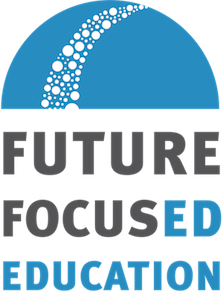Can We Fight Systemic Racism with S.T.E.A.M.?
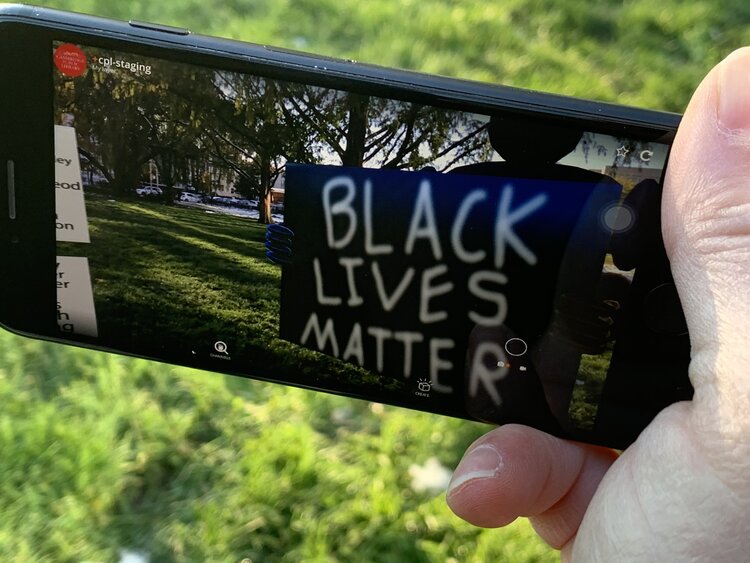
What inspired Innovators for Purpose?
We founded Innovators for Purpose in 2014 to help young people, especially youth that are underrepresented in design and STEM activities, get excited about developing the mindsets to change the trajectory of their lives. And really that's my life story.
I grew up in a small Florida city about 20 miles south of Kennedy Space Center. And I watched a lot of space shuttle launches right from my doorsteps. We would watch the countdown on TV and then walk outside and watch the spaceship go up. And the ground would literally shake beneath my feet. But not once during that entire formative stage of my life, did anyone within my sphere of influence said, “Hey, let's take a ride up 15 miles to the space center and see one of these launches up close.” And who knows what that would have sparked in a somewhat curious kid's mind.
I went on and did a Bachelor's and a Master's degree in engineering, which led me up here to Massachusetts. I got excited, developing skills and mindsets that I didn't know I could have. And it changed my life.
How have you tried to reconcile the needs of the community with the social, intellectual, and scientific elitism of Cambridge?
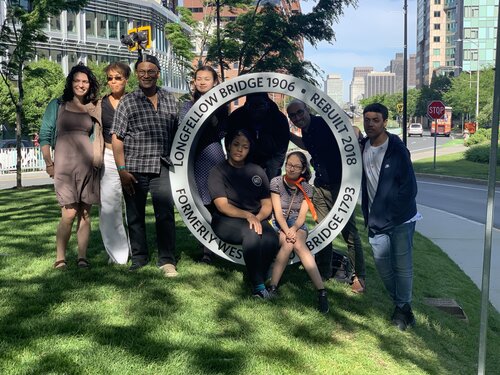 One of our major triumphs in is The Looking Glass. Our students conceived and designed it. It's a permanent installation in Kendall Square. The Cambridge Redevelopment Authority were looking for creative interventions in the built environment. We studied Galaxy Park which looks toward Boston in one direction and down Main Street towards Central Square in the other. It allows people to look backward and forward in time. If you look in one direction, it frames Longfellow Bridge which was built in 1793, when only three families lived East of Harvard Square. When you look in other direction, down Main Street, you can envision the future. That's where all of the exciting science, tech and startup companies are.
One of our major triumphs in is The Looking Glass. Our students conceived and designed it. It's a permanent installation in Kendall Square. The Cambridge Redevelopment Authority were looking for creative interventions in the built environment. We studied Galaxy Park which looks toward Boston in one direction and down Main Street towards Central Square in the other. It allows people to look backward and forward in time. If you look in one direction, it frames Longfellow Bridge which was built in 1793, when only three families lived East of Harvard Square. When you look in other direction, down Main Street, you can envision the future. That's where all of the exciting science, tech and startup companies are.
The Looking Glass has become an iconic symbol in Cambridge – a symbol of what youth can do if given an opportunity. An opportunity which hasn’t been offered to the students in our program.
We're really proud of that. And especially because there's an important underlying idea around belonging. Every time these young people walk through this sculpture, which is in Kendall Square, the most innovative square mile on the planet, they don't just see that as a park, they see that as something that's as much theirs as anyone else's. So, this deep sense of belonging is real important for us. We want our students not to think that their neighborhood is constrained to the couple of blocks around where they live, but that all of Cambridge, including the most exclusive areas, is theirs too.
What was the impetus for the “This Should Not Be” project?
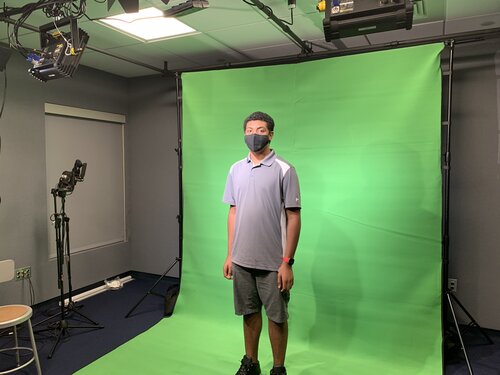 Last summer when the George Floyd incident happened, everyone was just getting bombarded with all of this news. When we met with the students, we had to say, “Hey, all right, before we even get into our work, let's just talk.” So we just started talking about George Floyd, about what they were seeing on TV or social media. And I mean, some of them were just shaking with fear. They had never experienced anything like this in their lives. These are all 14- to 17-year-old young people. With all the violence, some of them were afraid. They were thinking, “Man, am I going to be next?” That’s how afraid they were.
Last summer when the George Floyd incident happened, everyone was just getting bombarded with all of this news. When we met with the students, we had to say, “Hey, all right, before we even get into our work, let's just talk.” So we just started talking about George Floyd, about what they were seeing on TV or social media. And I mean, some of them were just shaking with fear. They had never experienced anything like this in their lives. These are all 14- to 17-year-old young people. With all the violence, some of them were afraid. They were thinking, “Man, am I going to be next?” That’s how afraid they were.
So at the end of that conversation, we said, “Okay, well, we’ve got two choices. We can either remain afraid and just go about our daily life being afraid, or we can try to do something that will make a difference.” And they said, “Oh yeah, let's do something!” And then the task became, what do we do?
That was basically the genesis of "This Should Not Be" project, which is actually a quote from former president Barack Obama. He came out with a blog right after the George Floyd incident. This should not be. We began talking with the Cambridge Public Library, who we partner with for the STEAM Academy. We came to them and said, “We think we want to do something with systemic racism, with augmented reality, and we want to do it on the library as lawn.” And they said, “Go for it!”
We did a deep dive into systemic racism. We read articles, histories, were watching videos, they were talking among each other with about it. They were writing research papers on that. They were extracting the highlights from each other's papers and synthesizing it, and that became the basis of the script of this installation.
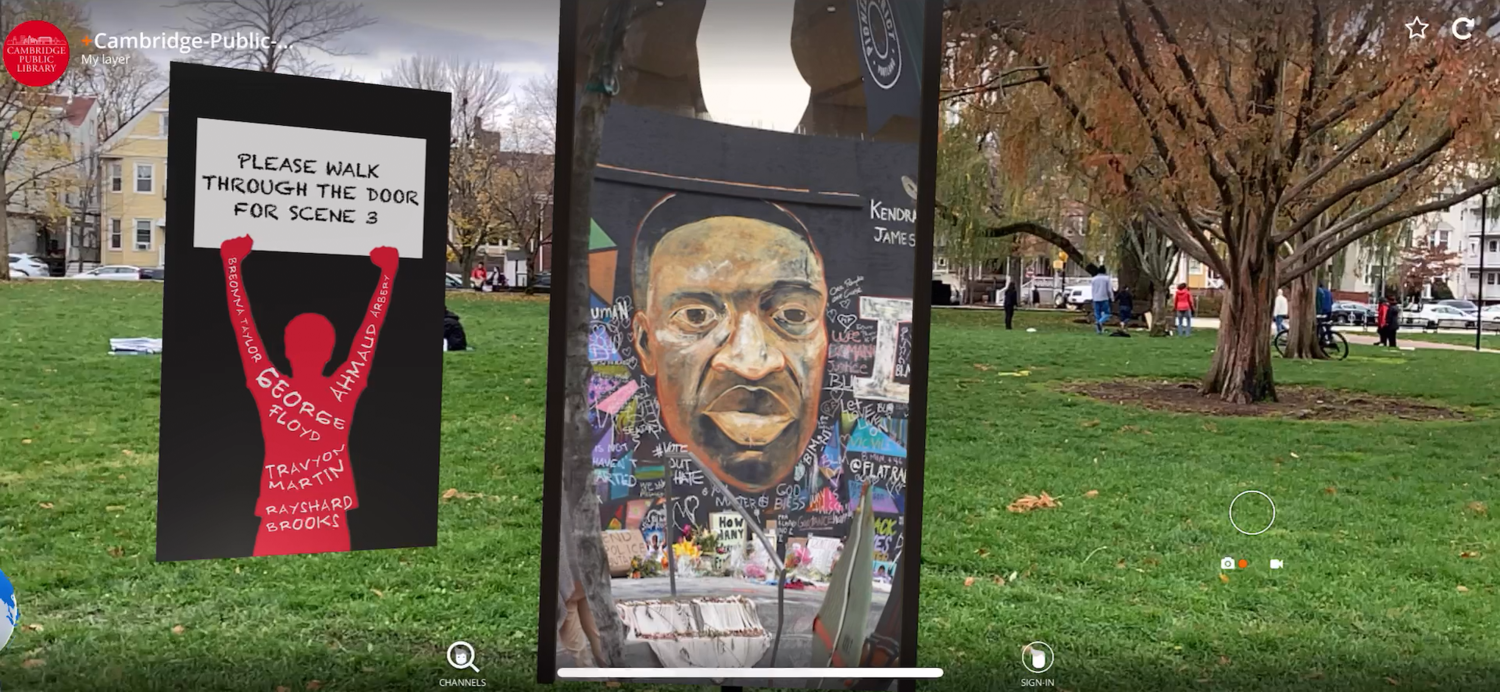
Over the summer we just hit it: six hours a day, four days a week, for five weeks. And we came up with this incredible, groundbreaking augmented reality installation that is on the Cambridge public libraries lawn right now. It’s one of the most important things that we've done as an organization.
Why do you think our schools are unable to do that kind innovative of work?
There's some incredible teachers, there are some incredible school leaders and administrators in the district, and they want to innovate, they want to make school better. But they're in this system that just eats change for breakfast. It's the system. It's the culture that is preventing a lot of this innovation.
I remember I was talking to a teacher one time. She said, you get to do all the fun stuff and I have to teach the boring stuff. That’s how they feel.
How do you imagine corporate partners as collaborators? What can they do to improve things?
First of all, companies have to make a pledge. Everyone talks about their diversity and inclusion initiatives, but, show us, show us the data.
Let's look at the zip codes of zip codes of Cambridge Rindge and Latin high school graduates over the last 20 years. Let's ask: where are they working? how much money are they making? And then let's continue working on that into the future. And if students from these zip codes are not getting jobs in these places, we got a problem simple as that.
If corporations and businesses are truly interested in creating a more equitable world, the data's there, so let's make it transparent. This will make it visible, and allow us to hold ourselves accountable for it. There are a lot of corporate and institutional STEM programs but the problem is still there, and sometimes it’s larger there. They've been doing this much longer than we have, so obviously there's a gap that's not being filled.
I mean, there are some companies that are great – we’ve had some corporate and a few foundations get behind us. There are organizations out there like us that are trying to do this work, but we're just not able to get the support that we truly need, especially now.
Michael Dawson, Co-founder and CEO of Innovators for Purpose, has had a career spanning engineering, marketing and sales in high tech, as well as entrepreneurial endeavors resulting in a hybrid of technical skills, business acumen, design savviness, relationship building abilities. Dawson holds a Bachelor & Master in Electrical Engineering Degrees from the University of South Florida and an MBA from Babson College.

